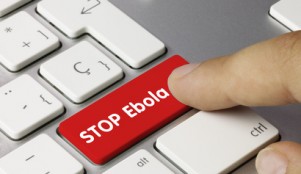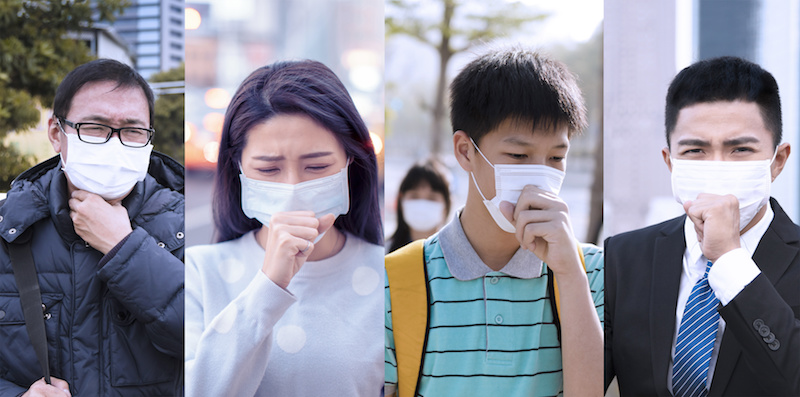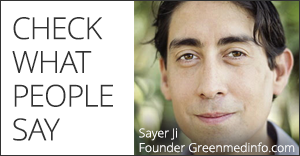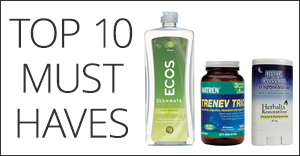by
Stepy —
September 9, 2014
- One important aspect of healthy living is being educated on outbreaks and epidemics and knowing what steps to take to keep yourself and your loved ones safe.
- There is an increasing amount of worry building up about the outbreak of the deadly Ebola in West Africa.
- Media outlets such as CNN are reporting that the Ebola outbreak “could have ‘catastrophic’ consequences.”
- Dr. Margaret Chan, the director-general of the World Health Organization delivered a statement on August 1, 2014 to three African presidents:
“First, this outbreak is moving faster than our efforts to control it,” she stated. “If the situation continues to deteriorate, the consequences can be catastrophic in terms of lost lives but also severe socioeconomic disruption and a high risk of spread to other countries.”
- A leading U.S. Ebola researcher from the University of Texas Medical Branch at Galveston has gone on record stating that there is a treatment that can effectively protect monkeys against a lethal dose of Ebola virus up to 5 days after infection, at a time when the disease is severe.
- Thomas Geisbert, professor of microbiology and immunology, recently released an editorial for Nature discussing the state of Ebola research. The filoviruses known as Ebola virus and Marsburg virus are some of the most deadly viruses, with fatatlity rates of up to 90 percent.
- Since the discovery of the Ebola virus in 1976, researchers have been working on treatments to combat the infection. Studies during the past decade have brought to light three treatments that offered some protection for monkeys after infection. One of these treatments, a vaccine, was used to treat a lab worker after she was accidentally stuck with an Ebola contaminated needle.
- Further advances have been made that can completely protect monkeys against Ebola using small interfering RNAs and combinations of antibodies. However, these treatments need to be given within two days of exposure to Ebola.
- “So although these approaches are highly important and can be used to treat known exposures, the need for treatments that can protect at later times after infection was paramount,” said Geisbert.
- Further research led to antibody treatments that protected 43% of monkeys when given as late as five days after exposure, at a time when clinical signs of the disease started to show.
- The new study from a research team at MAPP Biopharmaceutical Inc. used ZMAPP, an experimental drug for Ebola, to treat monkeys given a lethal dose of Ebola. All the animals who were given the vaccine survived and did not show any evidence of the virus in their systems 21 days after infection. They also showed that ZMAPP inhibits Ebola cells from spreading.
- “The diversity of strains and species of the Ebola and Marburg filoviruses is an obstacle for all candidate treatments,” said Geisbert. “Treatments that may protect against one species of Ebola will probably not protect against a different species of the virus, and may not protect against a different strain within the species,” he added.
- “Antibody therapies and several other strategies should be included in the arsenal of interventions for controlling future Ebola outbreaks,” said Geisbert. “Although ZMAPP in particular has been administered for compassionate use, the next crucial step will be to formally assess its safety and effectiveness,” he concluded.


















